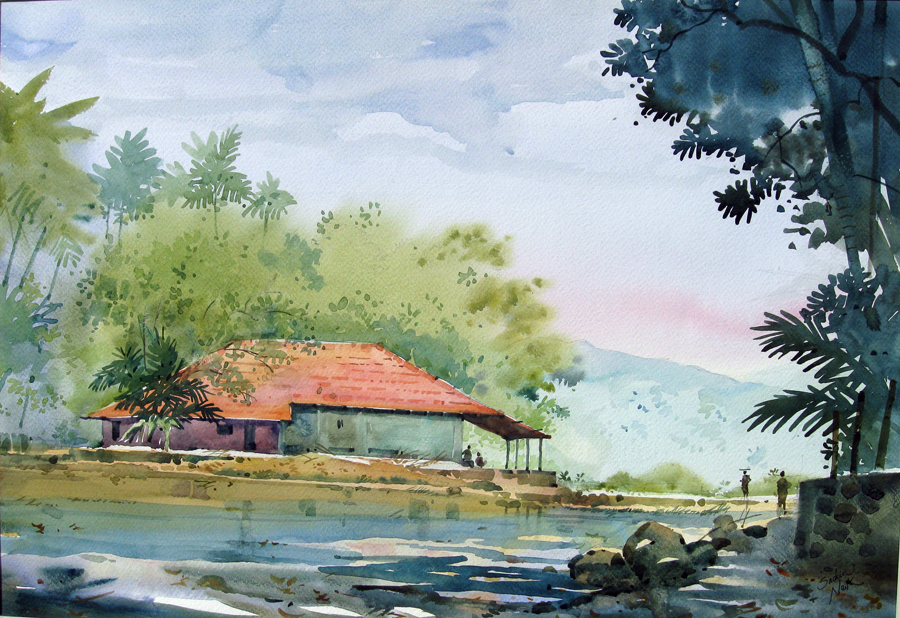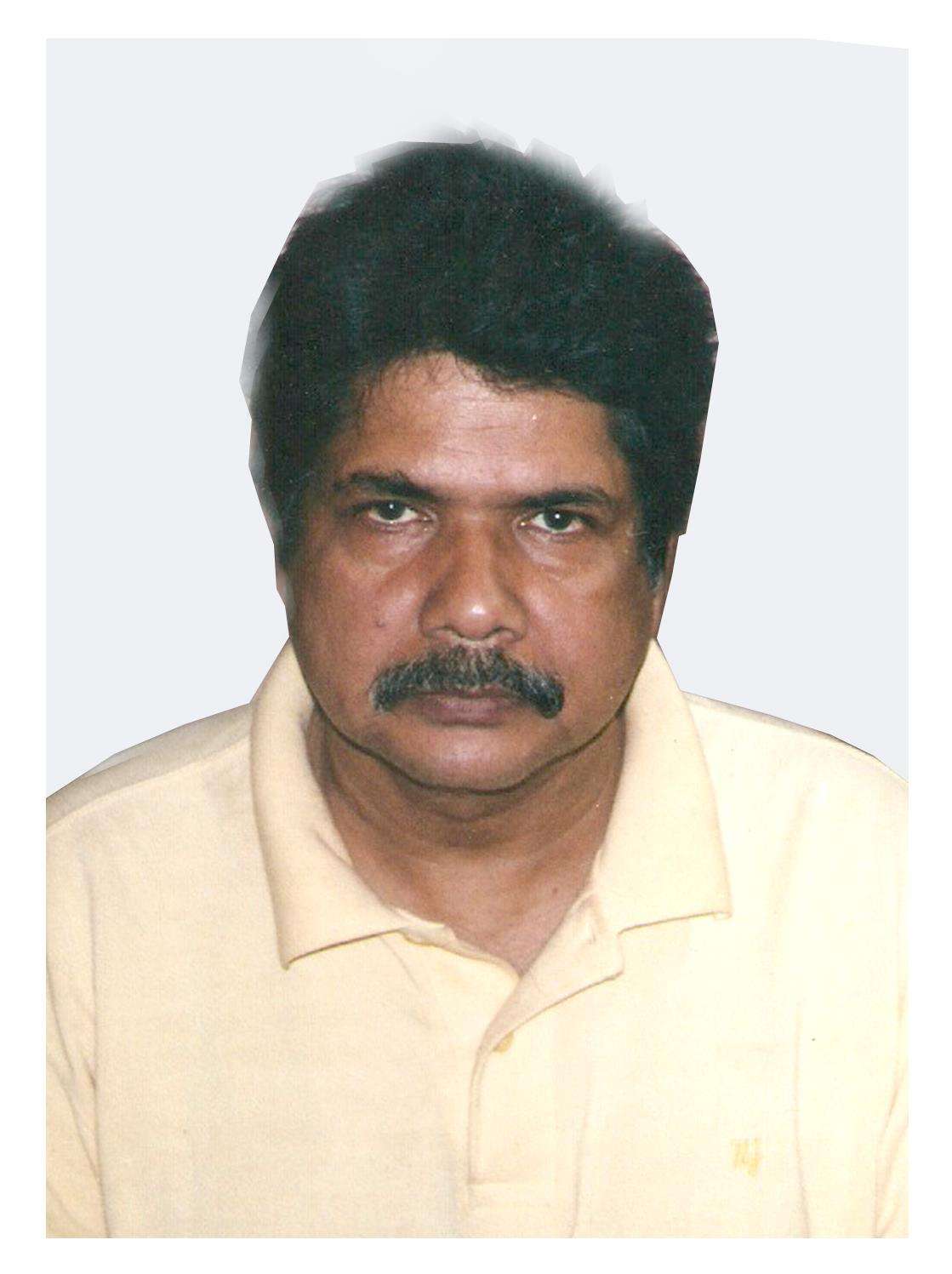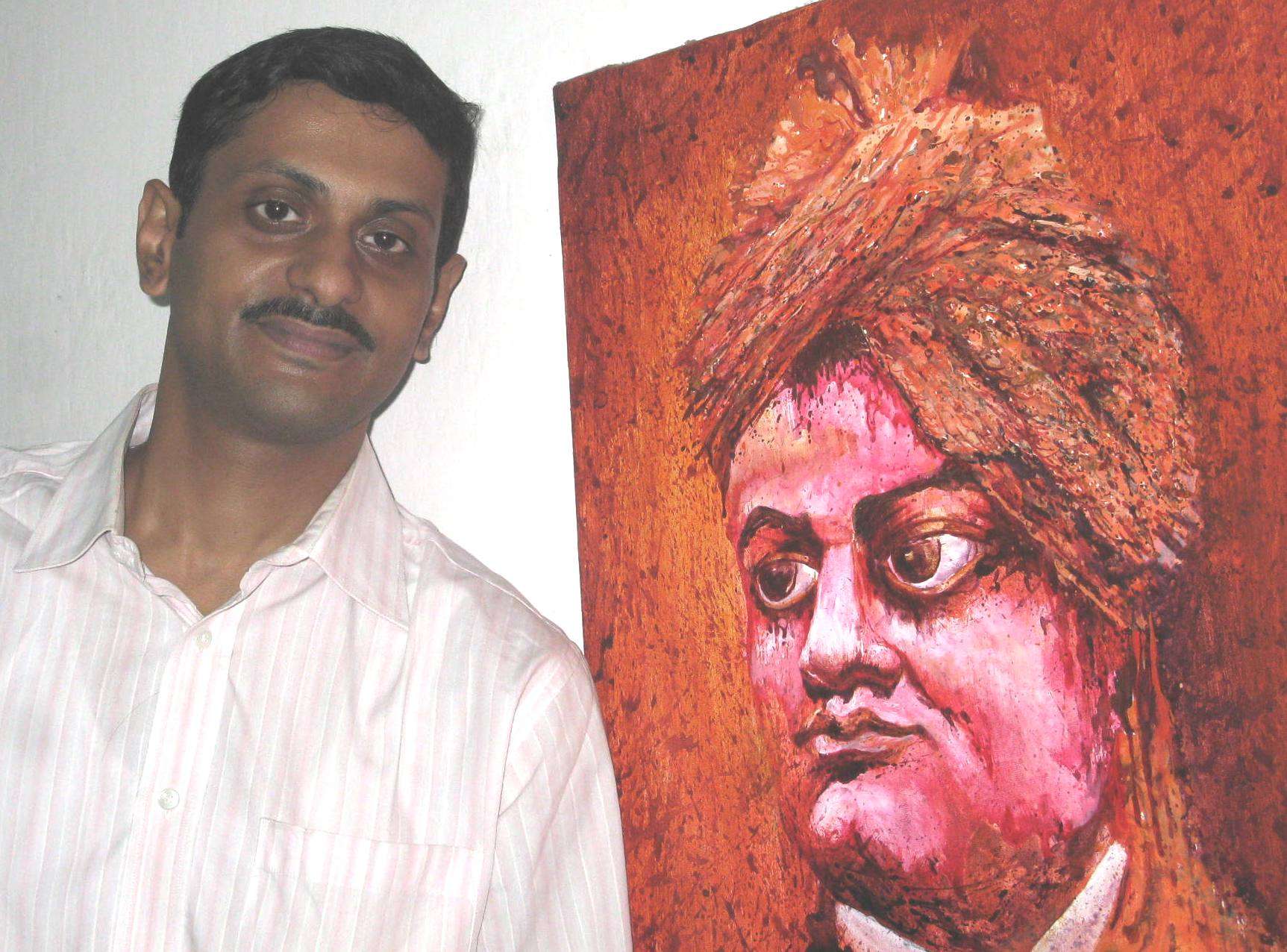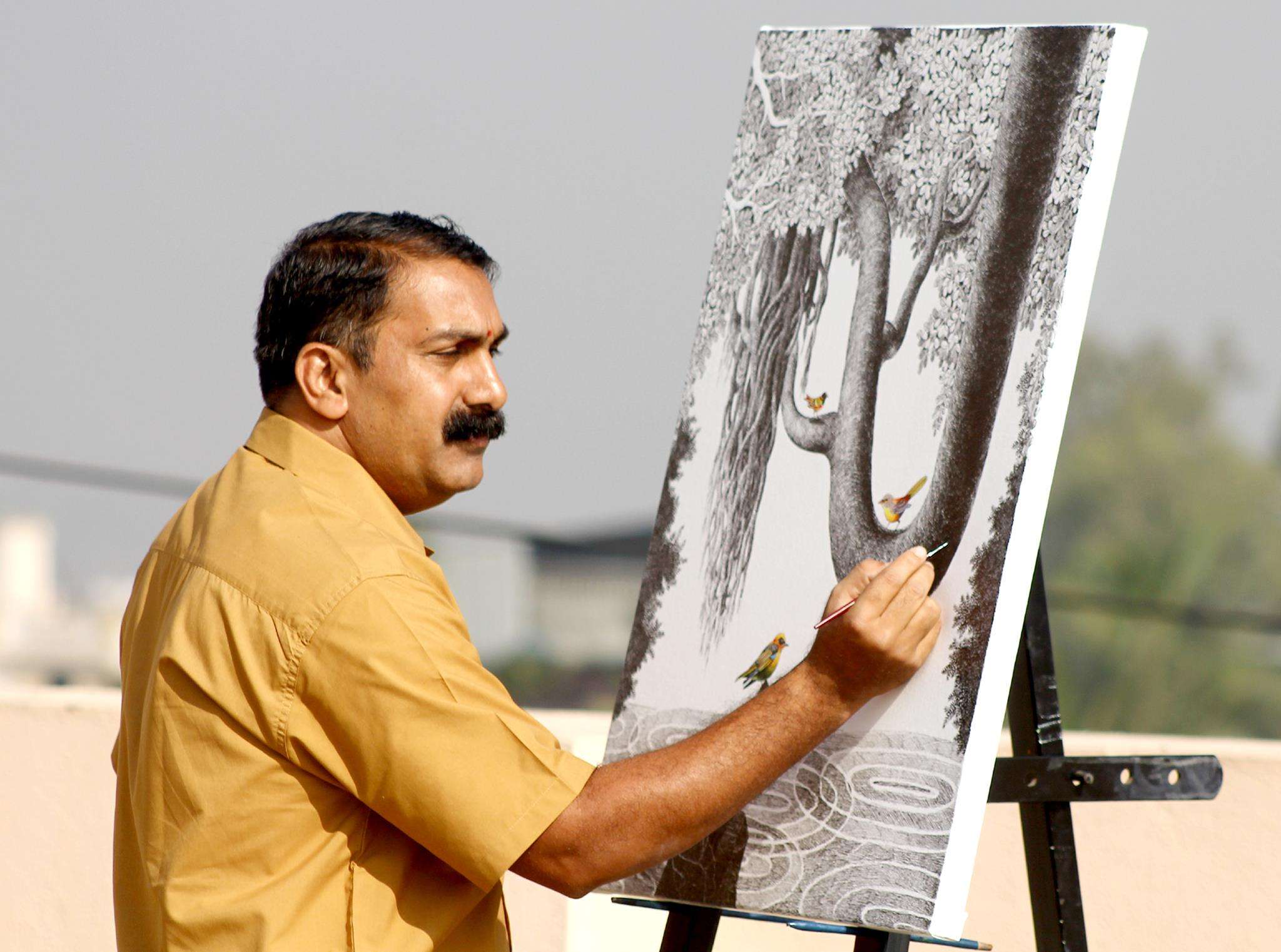
India is a country of rich, diverse and vibrant art and culture. here are different types of Indian paintings and these are known for their unique styles and pristine portrayal of the subjects painters draw the influences from. Indian paintings, although being physically two dimensional are capable of portraying lively and uncanny imagery. Some Indian paintings are so realistic that and bear astounding resemblance with the characters that have been portrayed. Every Indian painting possesses a true element of Indian identity. If one is to study the origins of Indian art and paintings, they will be left baffled by the diverseness of Indian art originating from various parts of the country.
Depending on the medium on which the art is done, paintings are of different types. Paintings that are done on walls and ceilings are called murals. While the ones that are done on wet plaster are called fresco. Paintings that can be easily carried around and are made on canvas, paper or wood are called miniature paintings. Famous painters of India use a variety of tools to make paintings. Earlier brushes made of wood, leaves, twigs and animal hair were used. Fine metal tools such as pins, nails and knives were used to do fine detailing and finishing. Some Indian painters even use fingers to make paintings. Materials also vary from artist to artist. While oil paints, acrylic and watercolors are the most used painting materials, ink, dyes, enamel paints and even naturally extracted paints are employed.
Let us attempt to classify and understand Indian paintings based on their area of origin.
North India
Himachal Pradesh: Pahari paintings are native to the mountainous regions of Himachal Pradesh. It is believed that the Pahari style appeared sometime in the 6th-7th century in Kashmir and portray the expansion of North Indian mountain culture. Pahari literally translates to hills in Hindi. Pahari painting is a collective term used to describe the miniature paintings that originated in the Himalayan hill kingdoms In North India. Pahari School of art originated during the 17th century and reached its pinnacle in the 19th century, outgrowing the popularity of Mughal paintings. It stretched from Jammu and Garhwal, in Himalayan-North India to Himachal Pradesh. Basohli paintings of Kashmir are the most famous among the lot and are known for strenuous, bold and imaginative artistic skills. Basohli paintings later evolved into Kangra paintings by the mid-18th century. Kangra paintings are more delicate and lyrical and often depict the paintings of Radha and Krishna.
Punjab: Punjabi style of miniature paintings draws inspiration from Mughal style. It originated with the portrayal of landscapes, natural scenes, animal and birds on wood and later evolved into portrays of princes, gurus and holy shrines. The theme of Punjabi paintings are very religious and they have played a great role in inspiring the youth in following the righteous path showed by the ten Sikh gurus. Depiction of rural scenes like women working the filed, fetching water from the well and celebrations of festivals such as Lohri and Baisakhi are recurring themes in Punjabi paintings.
Uttaranchal: In addition to beautifully carved wooden paintings and depicting the beauty of nature, Uttaranchal is famous for its amazing art of Rangoli and Alpan. They are the beautiful drawings done at the main entrance of the house to mark the arrival of festivals and celebrations. Unlike other paintings, they are temporary and are made using dry colors, colorful natural pigments and rice powder. The design of Rangolis varies from geometrical figures to intricate human figures, depending on the dexterity of the designer.
South India
Orissa: Pattachitra is a very famous and somewhat rural art form that originated in Puri and Konark region of Orissa back in the 5th century BC. Pattachitra literally translates to “cloth pictures” in Sanskrit. Closely associated with Vaishnava cult, this style gained popularity in the 16th century during Bhakti movement. Themes and subject of PattaChitrainclude mythological, religious stories and folklore depiction. The paintings are actually done on palm leafs using natural pigments as paints. Pattachitras is a very fine example of paintings that are native to South India.
Tamil Nadu: Tanjore style of painting is considered to be a classical South Indian style that originated from Thanjavur town in Tamil Nadu and then spread to the nearby places. Tanjore paintings are famous for their mythological themes, especially the depiction of episodes from Hindu Puranas, Sthala-Puranas and other religious texts. The paintings draw inspirations from European, Deccani, Vijayanagar and Marathastyles of paintings.
Karnataka: Mysore paintings are one of the oldest styles of Indian paintings and can be traced back to the 2nd century BC in Ajanta era. Vijaynagar kings put in a lot of efforts to make Mysore style flourish and it was under their watch only that art, architecture and literature reached their apex in Karnataka. Just like Tanjore paintings, Mysore style is also famous for the elegant and majestic portrayal of Hindu gods and goddesses.





















